-
 Bitcoin
Bitcoin $94,781.1205
0.65% -
 Ethereum
Ethereum $1,812.4453
0.25% -
 Tether USDt
Tether USDt $1.0004
-0.02% -
 XRP
XRP $2.3290
6.99% -
 BNB
BNB $606.5764
1.03% -
 Solana
Solana $151.4150
2.06% -
 USDC
USDC $1.0000
0.01% -
 Dogecoin
Dogecoin $0.1814
-0.31% -
 Cardano
Cardano $0.7214
3.21% -
 TRON
TRON $0.2466
-1.31% -
 Sui
Sui $3.7615
4.26% -
 Chainlink
Chainlink $15.0016
3.02% -
 Avalanche
Avalanche $22.2119
-0.68% -
 Stellar
Stellar $0.2898
1.48% -
 Toncoin
Toncoin $3.3113
0.95% -
 UNUS SED LEO
UNUS SED LEO $9.0000
-0.09% -
 Hedera
Hedera $0.1966
3.73% -
 Shiba Inu
Shiba Inu $0.0...01394
1.07% -
 Bitcoin Cash
Bitcoin Cash $352.0347
0.12% -
 Polkadot
Polkadot $4.2483
2.68% -
 Litecoin
Litecoin $87.2151
1.15% -
 Hyperliquid
Hyperliquid $18.5165
5.72% -
 Dai
Dai $1.0002
0.02% -
 Bitget Token
Bitget Token $4.4195
0.53% -
 Monero
Monero $263.1121
14.89% -
 Ethena USDe
Ethena USDe $0.9996
0.00% -
 Pi
Pi $0.6203
-2.99% -
 Pepe
Pepe $0.0...09057
0.35% -
 Uniswap
Uniswap $5.5425
-3.11% -
 Aptos
Aptos $5.6151
1.96%
How to calculate the handling fee of Coinbase contract? What are the differences between different levels of fees?
Coinbase contract handling fees vary based on trading volume, transaction type, and payment method; understanding these can help minimize costs.
Apr 28, 2025 at 11:00 am
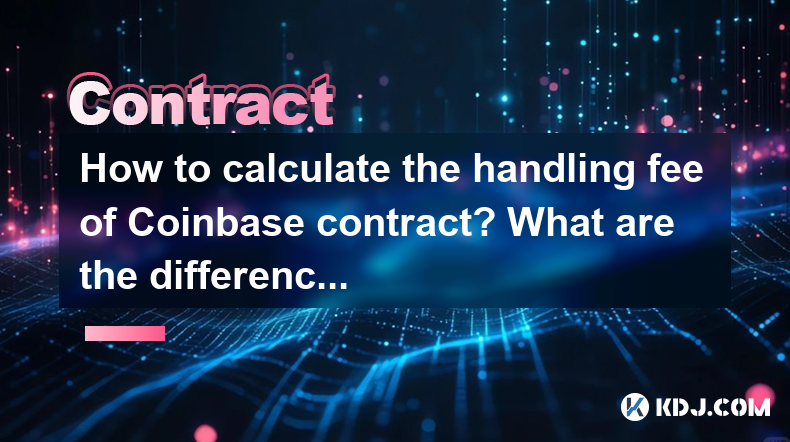
Introduction to Coinbase Contract Handling Fees
When trading on Coinbase, understanding the handling fees associated with the Coinbase contract is crucial for optimizing your trading strategy. Handling fees are charges applied to each transaction executed on the platform, and they vary based on different factors such as the type of transaction and the user's trading volume. This article will delve into how to calculate these fees and explore the differences between various fee levels, ensuring you have a comprehensive understanding of what to expect when using Coinbase.
What are Coinbase Contract Handling Fees?
Coinbase contract handling fees refer to the costs incurred when you execute trades, withdraw funds, or engage in other activities on the platform. These fees are essential for the operation of the exchange, covering costs such as transaction processing, security, and customer support. The fees are typically a percentage of the transaction amount and can vary based on the user's trading activity and the type of transaction being performed.
Factors Influencing Coinbase Contract Handling Fees
Several factors determine the handling fees on Coinbase, including:
- Trading Volume: Users who trade larger volumes often benefit from lower fees due to tiered fee structures.
- Transaction Type: Different types of transactions, such as buying, selling, or transferring cryptocurrencies, may have different fee rates.
- Payment Method: The method used to fund your account, such as bank transfers or credit cards, can also impact the fees you pay.
Understanding these factors is vital for accurately calculating and minimizing the fees you incur on Coinbase.
How to Calculate Coinbase Contract Handling Fees
Calculating the handling fees on Coinbase involves understanding the fee structure and applying it to your specific transactions. Here’s a step-by-step guide on how to do this:
- Identify the Transaction Type: Determine whether you are buying, selling, or transferring cryptocurrencies, as each type has a different fee structure.
- Check Your Trading Volume: Log into your Coinbase account and review your trading volume over the past 30 days. This information is crucial for determining your fee tier.
- Apply the Fee Rate: Use the fee rate applicable to your transaction type and trading volume to calculate the fee. For example, if you are buying Bitcoin with a trading volume that places you in the "Maker" fee tier, you would apply the corresponding maker fee rate to your transaction amount.
To illustrate, let’s say you are buying $1,000 worth of Bitcoin and your trading volume places you in the 0.50% maker fee tier. The handling fee would be calculated as follows:
[ \text{Handling Fee} = \text{Transaction Amount} \times \text{Fee Rate} ]
[ \text{Handling Fee} = $1,000 \times 0.50\% = $5 ]
Differences Between Different Levels of Fees
Coinbase offers different fee levels based on the user's trading activity, which can significantly impact the costs associated with using the platform. Here’s a detailed look at the differences between these levels:
- Taker Fees vs. Maker Fees: Coinbase uses a maker-taker fee model. Taker fees are charged when you take liquidity from the order book, typically when you place a market order. Maker fees are charged when you add liquidity to the order book, usually when you place a limit order. Taker fees are generally higher than maker fees.
- Volume-Based Tiers: Coinbase categorizes users into different volume-based tiers, with higher trading volumes resulting in lower fees. For example, a user with a 30-day trading volume of less than $10,000 might be in the highest fee tier, while a user with a volume over $50 million could be in the lowest fee tier.
- Coinbase Pro vs. Coinbase: Coinbase Pro, designed for more advanced traders, typically offers lower fees compared to the standard Coinbase platform. For instance, while Coinbase might charge a 0.50% fee for a transaction, Coinbase Pro might charge only 0.10% for the same transaction.
Understanding these differences allows you to choose the most cost-effective way to trade on Coinbase.
How to Minimize Coinbase Contract Handling Fees
Minimizing the handling fees on Coinbase involves strategic planning and understanding the platform's fee structure. Here are some strategies to help you reduce your fees:
- Increase Trading Volume: By increasing your trading volume, you can move to a lower fee tier, which results in reduced fees for your transactions.
- Use Coinbase Pro: If you are an active trader, using Coinbase Pro can significantly reduce your fees due to its lower fee structure.
- Opt for Limit Orders: Placing limit orders instead of market orders can help you avoid taker fees and benefit from lower maker fees.
- Consider Payment Methods: Some payment methods, such as bank transfers, often have lower fees compared to credit card transactions.
Implementing these strategies can help you save on handling fees and maximize your trading efficiency on Coinbase.
Frequently Asked Questions
Q: Can I negotiate handling fees with Coinbase?
A: Coinbase does not offer fee negotiation for individual users. The fee structure is standardized and based on trading volume and transaction type. However, by increasing your trading volume, you can move to a lower fee tier, effectively reducing your fees.
Q: Are there any hidden fees on Coinbase?
A: Coinbase is transparent about its fee structure, and there are no hidden fees. All fees, including handling fees, are clearly outlined in the fee schedule available on their website. It’s important to review this schedule to understand the costs associated with your transactions.
Q: How often does Coinbase update its fee structure?
A: Coinbase periodically reviews and updates its fee structure to reflect changes in market conditions and platform operations. Users are typically notified of any changes through email or platform announcements. It’s a good practice to check the fee schedule regularly to stay informed about any updates.
Q: Does Coinbase offer any fee waivers or discounts?
A: Coinbase occasionally offers promotions or discounts on fees, especially for new users or during special events. These promotions are usually time-limited and can help reduce the cost of trading. Keep an eye on Coinbase’s official communications to take advantage of any available fee waivers or discounts.
Disclaimer:info@kdj.com
The information provided is not trading advice. kdj.com does not assume any responsibility for any investments made based on the information provided in this article. Cryptocurrencies are highly volatile and it is highly recommended that you invest with caution after thorough research!
If you believe that the content used on this website infringes your copyright, please contact us immediately (info@kdj.com) and we will delete it promptly.
- Bitcoin Dominance Is Moving Through Familiar Patterns, Next Target Could Be 66%
- 2025-04-28 17:20:16
- What if the next coin you buy makes you a part of the next big wave in blockchain evolution?
- 2025-04-28 17:20:16
- The Most Comprehensive Single-Page Explanation of XRP, the XRP Ledger (XRPL), Ripple, and Their Associated Technologies
- 2025-04-28 17:20:15
- Managing Context Effectively with the Model Context Protocol
- 2025-04-28 17:20:15
- Why Remittix (RTX) Is Absorbing Capital From Solana (SOL) and Shiba Inu (SHIB)
- 2025-04-28 17:20:13
- Solana (SOL) Price Prediction 2025: Will SOL Surpass Its All-Time High?
- 2025-04-28 17:20:13
Related knowledge

When will the leverage multiple adjustment take effect? Will the leverage change affect the existing position?
Apr 28,2025 at 02:36am
Understanding Leverage Multiple Adjustments in Cryptocurrency TradingIn the realm of cryptocurrency trading, leverage is a powerful tool that allows traders to amplify their trading positions beyond their initial capital. However, adjustments to leverage multiples are a critical aspect that traders must understand thoroughly. This article delves into wh...
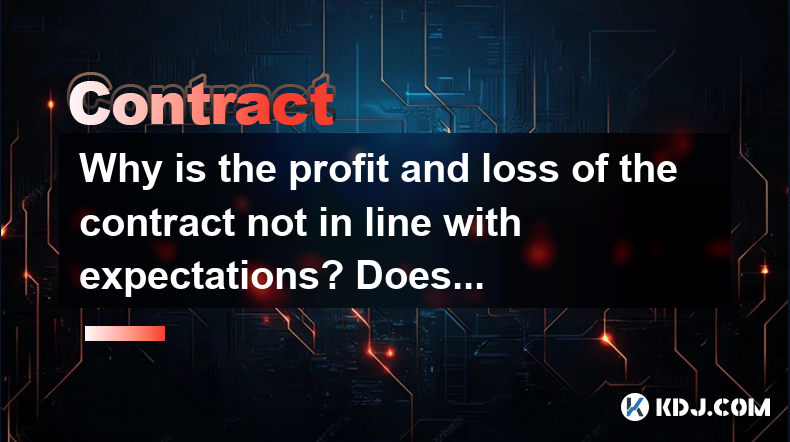
Why is the profit and loss of the contract not in line with expectations? Does the calculation of unrealized profit and loss include handling fees?
Apr 27,2025 at 09:14pm
In the world of cryptocurrency trading, especially when dealing with futures and options contracts, traders often find themselves puzzled by discrepancies between their expected and actual profit and loss (P&L). This article delves into the reasons behind such discrepancies and explores whether the calculation of unrealized profit and loss includes hand...

How to play Bybit copy trading? What are the potential risks of following the operation of experts?
Apr 27,2025 at 07:21pm
How to Play Bybit Copy Trading? What Are the Potential Risks of Following the Operation of Experts? Bybit copy trading is a popular feature among cryptocurrency traders looking to benefit from the expertise of seasoned professionals. This article will guide you through the process of engaging in Bybit copy trading and explore the potential risks associa...
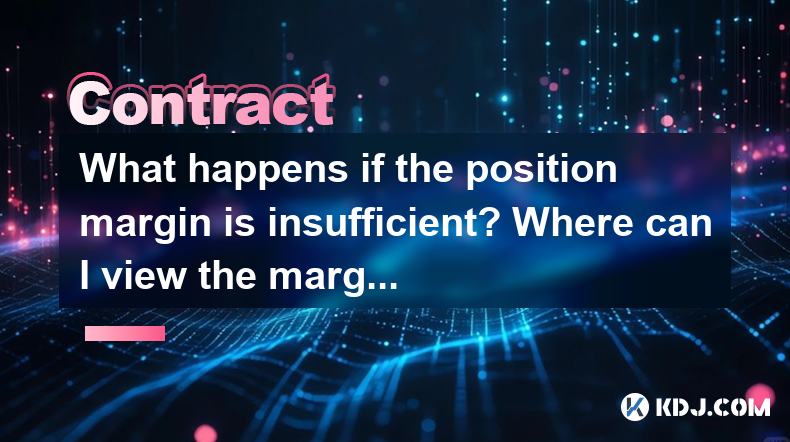
What happens if the position margin is insufficient? Where can I view the margin call notification?
Apr 28,2025 at 03:56pm
In the world of cryptocurrency trading, managing your position margin is crucial to maintaining open positions. If the position margin becomes insufficient, it can lead to a series of events that may impact your trading activities. Understanding what happens when the margin is insufficient, as well as how to view margin call notifications, is essential ...
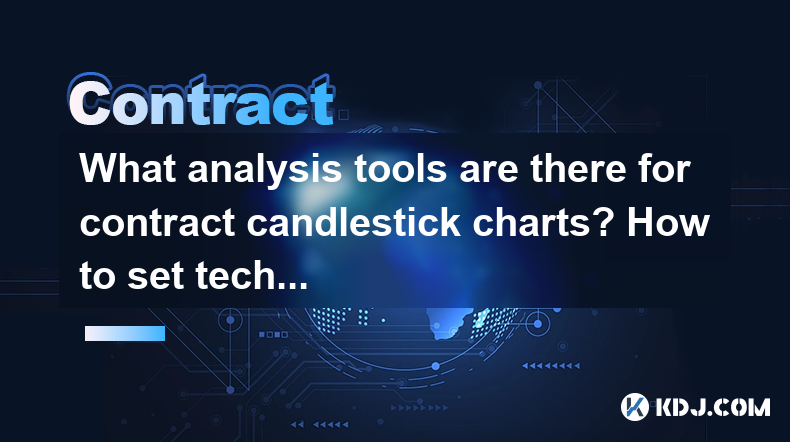
What analysis tools are there for contract candlestick charts? How to set technical indicators more efficiently?
Apr 27,2025 at 06:56pm
In the world of cryptocurrency trading, analyzing contract candlestick charts is crucial for making informed trading decisions. Various tools and technical indicators are available to help traders understand market trends, identify potential entry and exit points, and manage risks effectively. This article will explore the different analysis tools avail...
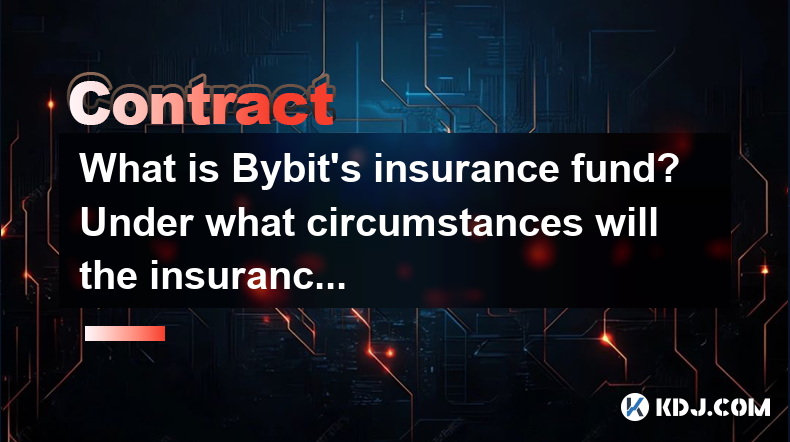
What is Bybit's insurance fund? Under what circumstances will the insurance fund be used?
Apr 28,2025 at 05:36am
What is Bybit's Insurance Fund? Under What Circumstances Will the Insurance Fund Be Used? Bybit, a leading cryptocurrency exchange, operates an insurance fund designed to protect traders from potential losses due to extreme market volatility or unexpected events. The insurance fund serves as a safety net, ensuring that the platform remains stable and th...

When will the leverage multiple adjustment take effect? Will the leverage change affect the existing position?
Apr 28,2025 at 02:36am
Understanding Leverage Multiple Adjustments in Cryptocurrency TradingIn the realm of cryptocurrency trading, leverage is a powerful tool that allows traders to amplify their trading positions beyond their initial capital. However, adjustments to leverage multiples are a critical aspect that traders must understand thoroughly. This article delves into wh...

Why is the profit and loss of the contract not in line with expectations? Does the calculation of unrealized profit and loss include handling fees?
Apr 27,2025 at 09:14pm
In the world of cryptocurrency trading, especially when dealing with futures and options contracts, traders often find themselves puzzled by discrepancies between their expected and actual profit and loss (P&L). This article delves into the reasons behind such discrepancies and explores whether the calculation of unrealized profit and loss includes hand...

How to play Bybit copy trading? What are the potential risks of following the operation of experts?
Apr 27,2025 at 07:21pm
How to Play Bybit Copy Trading? What Are the Potential Risks of Following the Operation of Experts? Bybit copy trading is a popular feature among cryptocurrency traders looking to benefit from the expertise of seasoned professionals. This article will guide you through the process of engaging in Bybit copy trading and explore the potential risks associa...

What happens if the position margin is insufficient? Where can I view the margin call notification?
Apr 28,2025 at 03:56pm
In the world of cryptocurrency trading, managing your position margin is crucial to maintaining open positions. If the position margin becomes insufficient, it can lead to a series of events that may impact your trading activities. Understanding what happens when the margin is insufficient, as well as how to view margin call notifications, is essential ...

What analysis tools are there for contract candlestick charts? How to set technical indicators more efficiently?
Apr 27,2025 at 06:56pm
In the world of cryptocurrency trading, analyzing contract candlestick charts is crucial for making informed trading decisions. Various tools and technical indicators are available to help traders understand market trends, identify potential entry and exit points, and manage risks effectively. This article will explore the different analysis tools avail...

What is Bybit's insurance fund? Under what circumstances will the insurance fund be used?
Apr 28,2025 at 05:36am
What is Bybit's Insurance Fund? Under What Circumstances Will the Insurance Fund Be Used? Bybit, a leading cryptocurrency exchange, operates an insurance fund designed to protect traders from potential losses due to extreme market volatility or unexpected events. The insurance fund serves as a safety net, ensuring that the platform remains stable and th...
See all articles





















































































